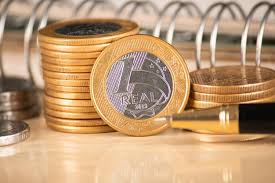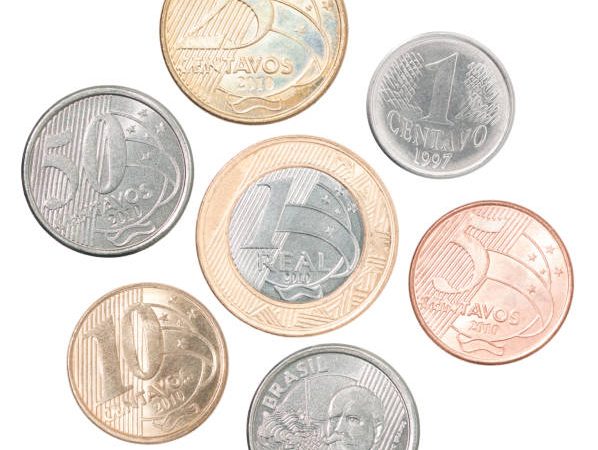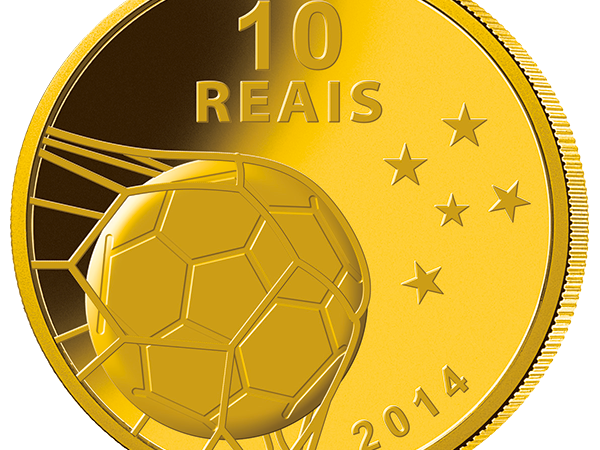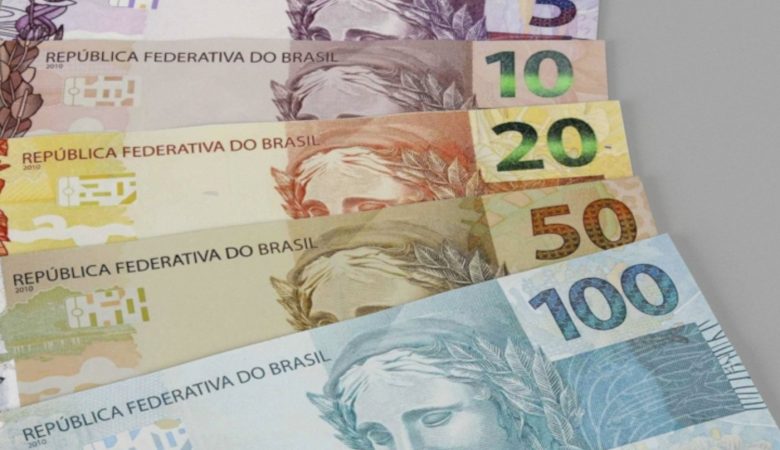Introduction:
The history of Brazil, a large and diversified country in South America, is closely linked to the development of its currency and monetary system. Brazilian coins are physical relics that represent the nation’s historical changes in politics, economy, and culture from the first days of colonization to the present. This paper explores the several coins that have influenced Brazil’s economy and identity through a numismatic tour through the country’s rich monetary history.
1. Colonial Era: The Portuguese Real
Brazil was a Portuguese territory during the colonial era, which is when Brazilian coins first appeared. The Portuguese real was the main form of money during this period. These coins were struck in Portugal and used in Brazil. They were composed of copper, silver, and gold. Emblems of the Portuguese monarchy adorned them, signifying Brazil’s position as an outpost of the Portuguese Empire.
a. Gold Johanna: The Portuguese Johannes, or Johanna in gold, was one of the most famous colonial-era coins. In reaction to the discovery of gold in Brazil, these coins were struck with the likeness of Portuguese King João V. Portugal’s economy and currency were greatly impacted by the gold imports from Brazilian mines.
b. Countermarked Coins: In colonial Brazil, foreign coins, especially Spanish and Dutch reales, were countermarked to act as smaller change due to the lack of small value coins. The “marcados,” or countermarked coins, were essential in allowing daily transactions to occur when there wasn’t enough small-denomination Portuguese cash.
2. Independence and the Birth of the Brazilian Real
Brazil saw significant change in the early 19th century after gaining independence from Portugal in 1822. The creation of the Brazilian Empire and the adoption of the Brazilian real as the official currency followed independence.


a. Pedro I Coins: Emperor Pedro I was the one who minted the first Brazilian coins. The image of the recently independent nation and the profile of Emperor Pedro I were depicted on these coins, which were struck at Rio de Janeiro. Silver reales and gold escudos were among the denominations.
b. Copper Dinheiro: The introduction of copper coins known as “dinheiro” addressed the need for lower values in everyday transactions. Practical factors of a developing economy were reflected in these coins, which were indispensable for daily business and bore the Brazilian coat of arms.
3. Republican Era: The Transition to the Cruzeiro
Brazil had a republican transition from monarchy in the late 19th and early 20th centuries. The Republic of Brazil was established in 1889, and as the political and economic climate of the nation changed, the value of its currency also changed.
a. Mil Réis Coins: In the initial years of the Republic, mil réis coins held significant importance. These silver coins showcased a variety of historical personalities and national symbols from Brazil, demonstrating the nation’s attempts to forge a unique national identity.
b. Introduction of the Cruzeiro: The introduction of the cruzeiro in 1942 marked an important monetary revolution in Brazil. The goals of this new currency were to stabilize the economy and streamline the monetary system. The cruzeiro coins, which celebrated Brazil’s rich cultural and historical legacy, portrayed national heroes such as Tiradentes and Zumbi dos Palmares.
4. Modern Era: From the Cruzeiro to the Real
In the second part of the 20th century, Brazil faced new economic difficulties and currency changes. The Brazilian real was first adopted in 1994 as a result of the hyperinflation that occurred in the 1980s and early 1990s, which forced a change in currency.
a. Real Coins: When the real coins and real banknotes were launched, they demonstrated Brazil’s dedication to monetary stability. Each of the coins, which come in different values, has a recognizable image of a national personality or a member of the Brazilian flora or wildlife. The famous “Mangueira” samba school on the five-real coin and the image of the Baroque writer Machado de Assis on the one-real cent are two prominent examples.
b. Commemorative Coins: Additionally, Brazil has released commemorative coins to mark important occasions, anniversaries, and artistic triumphs. These coins are souvenirs of the rich cultural legacy of the country in addition to being accepted as legal currency. One example of a commemorative coin containing Olympic sports and emblems is the Rio de Janeiro 2016 Olympic Games.


Conclusion: A Legacy in Metal and Symbolism
Finally, the narrative of Brazil’s coins tells a gripping tale of the country’s struggles with colonization, independence, republicanism, economic hardship, and cultural celebrations. Every coin, from the Portuguese real to the Brazilian real, captures not just the economic realities of the day but also the complex fabric of Brazil’s identity and history. Brazilian coinage has evolved over time, reflecting the nation’s flexibility and resiliency in the face of economic hardships and representing the spirit of a nation that celebrates its history while moving forward into the future. Brazil’s coins preserve the memory of its monetary journey in metal and symbolism as the country grows and changes, serving as both historical markers and platforms for cultural expression.





